The Steps That Helped Me Go From Beginner To Single Figures In A Year
Here's Jess Ratcliffe's plan of how she achieved her incredible handicap cut
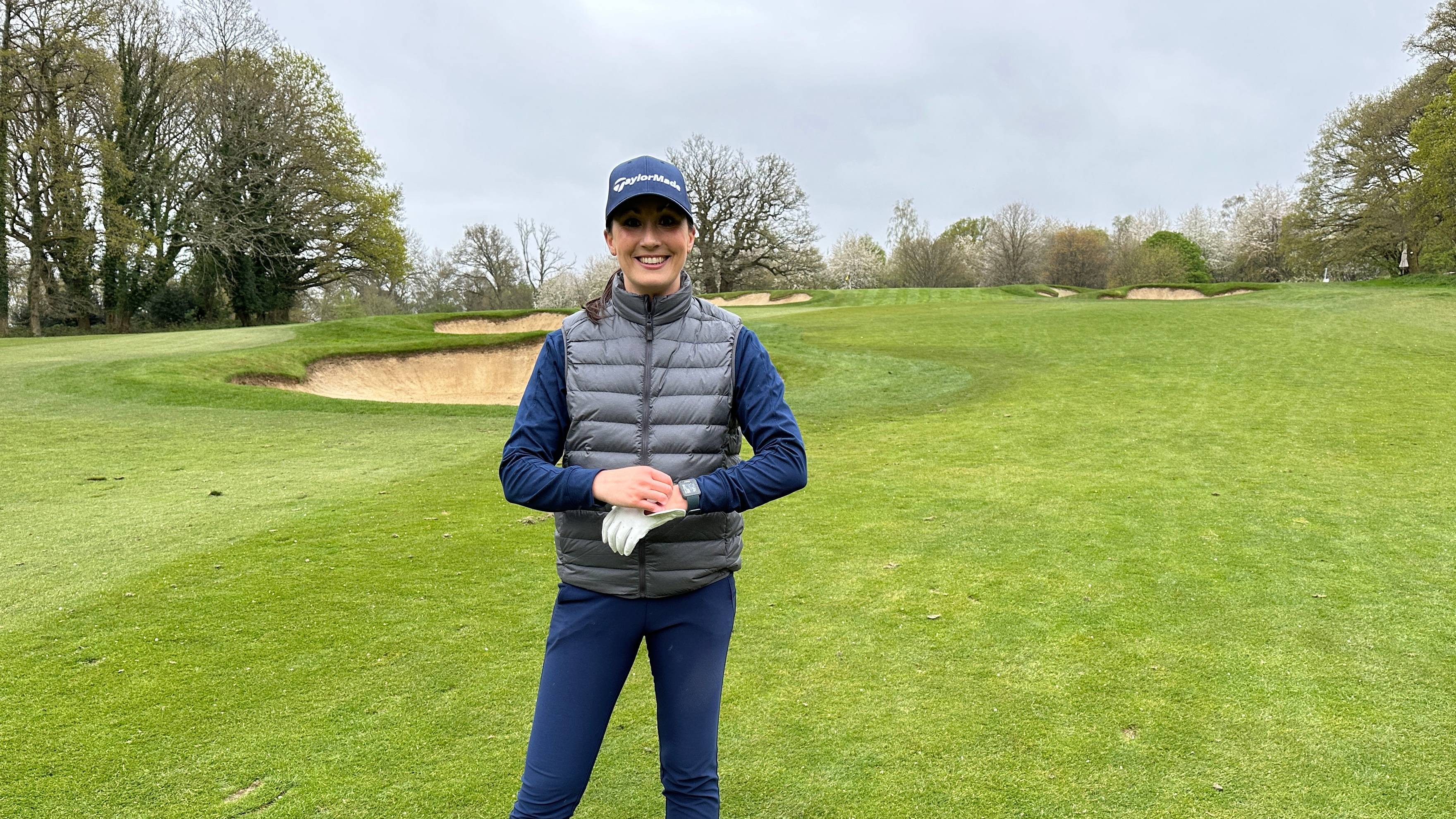
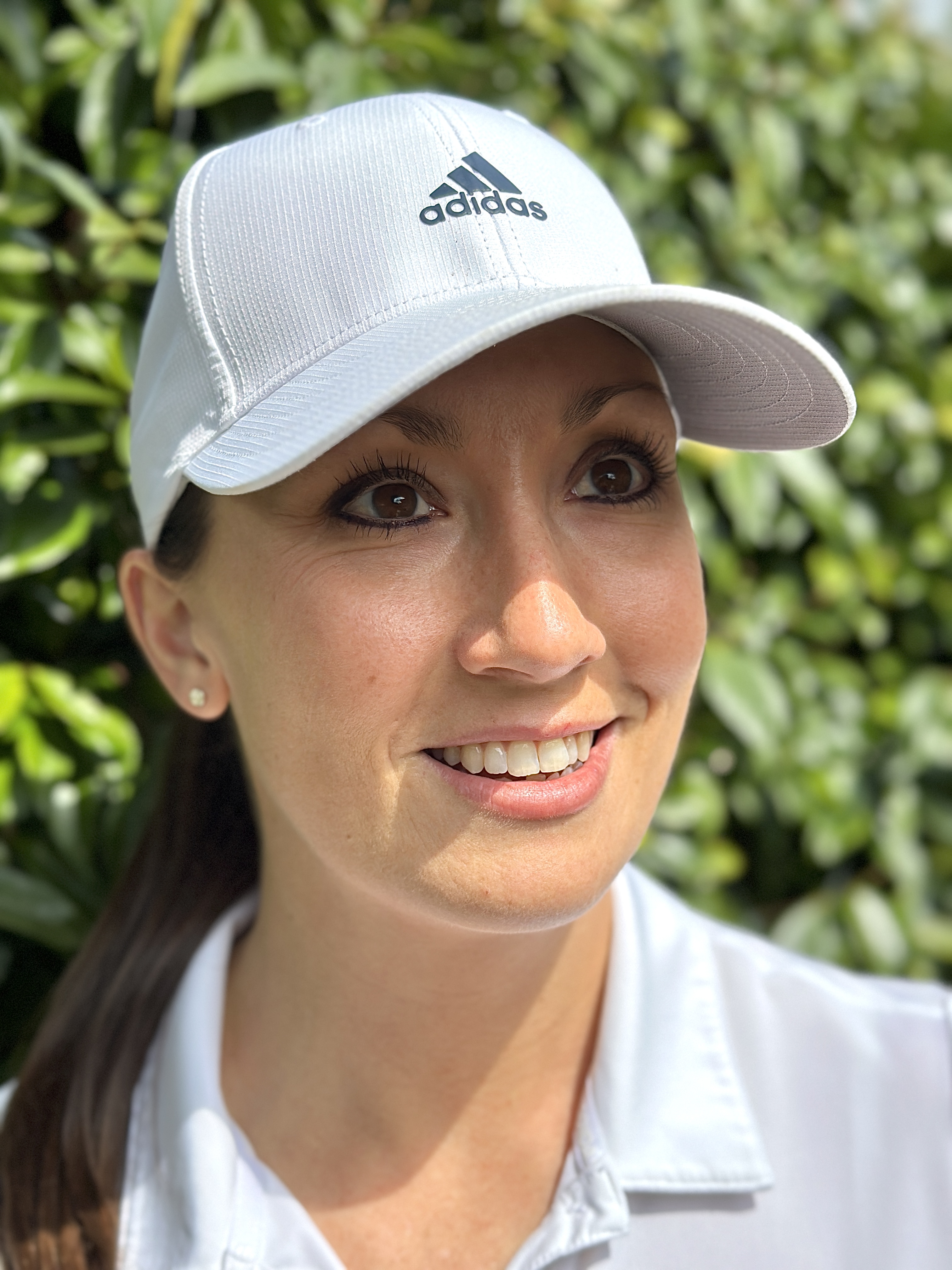
What were the steps I took to go from a beginner to single figure golfer in a year? How did I know what to focus on first, second and so on? Those are two of the questions I’m asked the most.
To try and answer those questions, I’ve broken down my handicap drop into 3 month blocks and shared the steps that helped me to improve at each stage.
34 To 21 (Aug '21 - Nov '21)
Getting To Grips With Long Clubs In My Bag
When I got my handicap, the longest club in my bag was a 6-iron, so my first step was to build out the top end of my bag. I started by adding a driver and 4-hybrid, before popping a 3-wood in there as well.
It took me a while to get to grips with my driver – struggling with the tops initially and then when I managed to connect with the ball, I would slice it into next week and find myself taking a provisional off the tee. But when I found a playable swing, the extra distance was well worth the struggle.
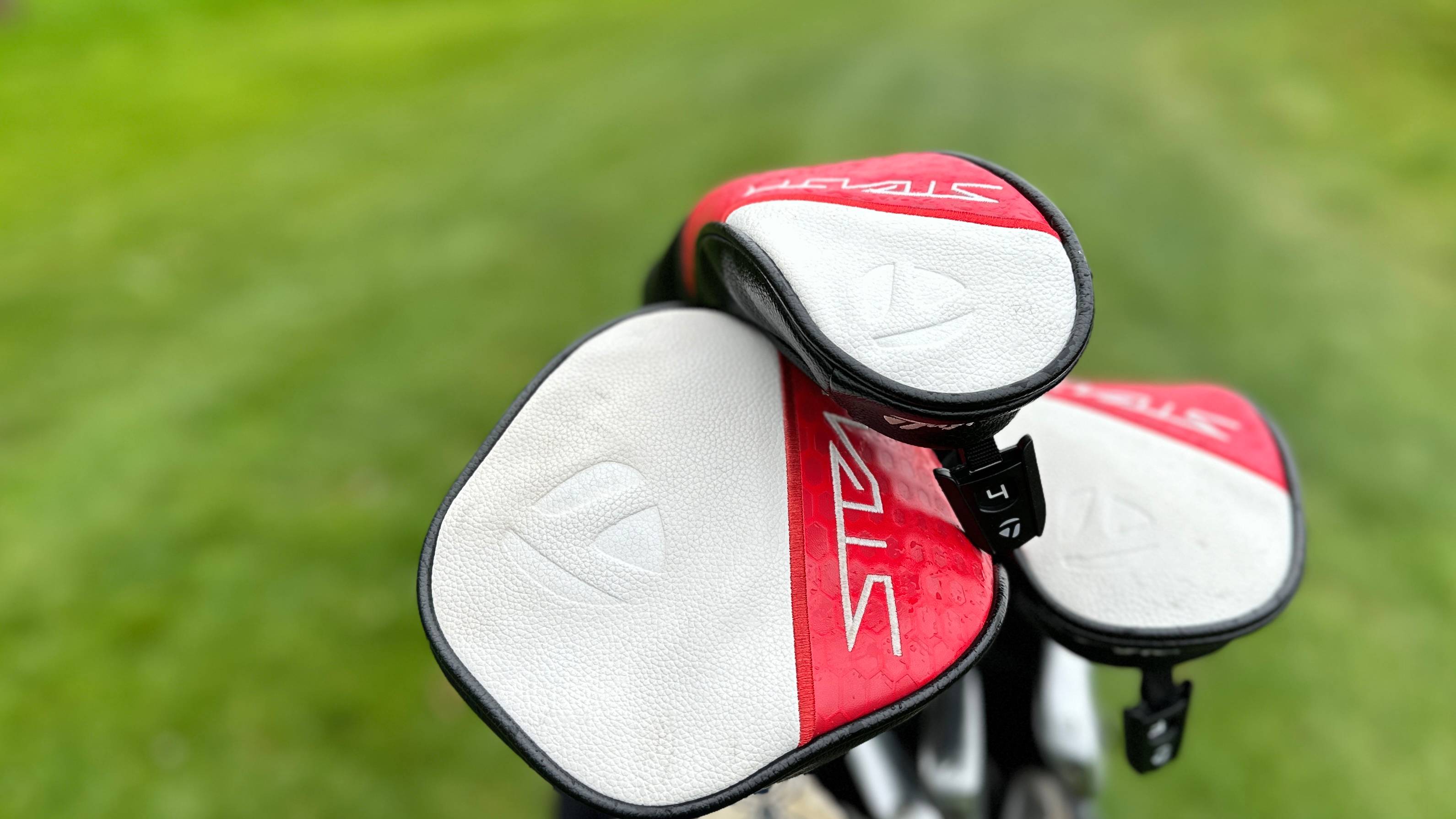
Jess had to get used to longer clubs in the bag
Knowing My Distances For Every Club
Even though my swing was far from consistent at this stage, I knew that getting a gauge on how far I was hitting each club would help me make better choices when I was on the course.
Get the Golf Monthly Newsletter
Subscribe to the Golf Monthly newsletter to stay up to date with all the latest tour news, equipment news, reviews, head-to-heads and buyer’s guides from our team of experienced experts.
So I took myself to my local Trackman range and hit five or so balls with each club, taking the average of my distances to give me a benchmark to work from.
Looking back, one thing I wish I knew to do was focus on carry distance rather than total distance. Back then, I didn’t know to work from carry and build from there – factoring in conditions and how that might impact my carry but also the run on the ball.
As my swing progressed and I found myself getting more distance, this was an exercise I would repeat often, to make sure my distances were as accurate as possible.

21 To 17 (Nov '2021 - Feb '22)
Identifying The Biggest Leaks In My Game
This is really when my practice kicked up a gear as I started using my love of data (from my background in product development) to improve. As I played, I would make a note of where I was leaking the most shots per hole, so that after my round, I could look back and identify the biggest leak in my game or as I call it, my low hanging fruit.
My goal was to bring a focus to my practice, so that I didn't feel so overwhelmed by all the things I could be working on. When I had identified my low hanging fruit, I would prioritise making progress with that part of my game in my practice, so that I could see improvement the next time I played – and hopefully, shave a few shots off.
At this stage, my biggest leaks were greenside bunkers, where I would struggle to get out first time and then find myself blowing up on that hole. And my putting, where I would manage to get on the green in a good number of shots but then let my score slip away from three putting…or worse.
Building Confidence On The Course
Throughout this time, I was playing in my club’s Pearson team, which felt like a dip in the deep end when it came to playing under pressure…in a good way.
I believe the experience helped me to build my confidence on the course and build my bandwidth for playing well when I felt nervous, especially in the away matches, which were at courses I didn’t know. And that boost in confidence paid off when it came to playing in competitions to get cards in.
17 To 14 (Feb '22 - May '22)
Minimising My Mistakes
By this point, I felt like I was making better decisions on the course – learning from those blow up holes or rounds, where my choices would compound the errors rather than prevent them. When a shot didn’t go as I hoped, my goal was to try and save bogey rather than let my score slip away from me.
To do this, I would do my best to take trouble out of play and put myself in positions where I could play to what I had practised (using my data-driven approach I mentioned above). For example, if I was struggling with my greenside bunker play, I would take a club that would clear that trouble, rather than risk leaking into it. Even if this meant I was putting from the back of the green to a front flag, I felt more confident over a lengthy putt like that than trying to get out of the sand.
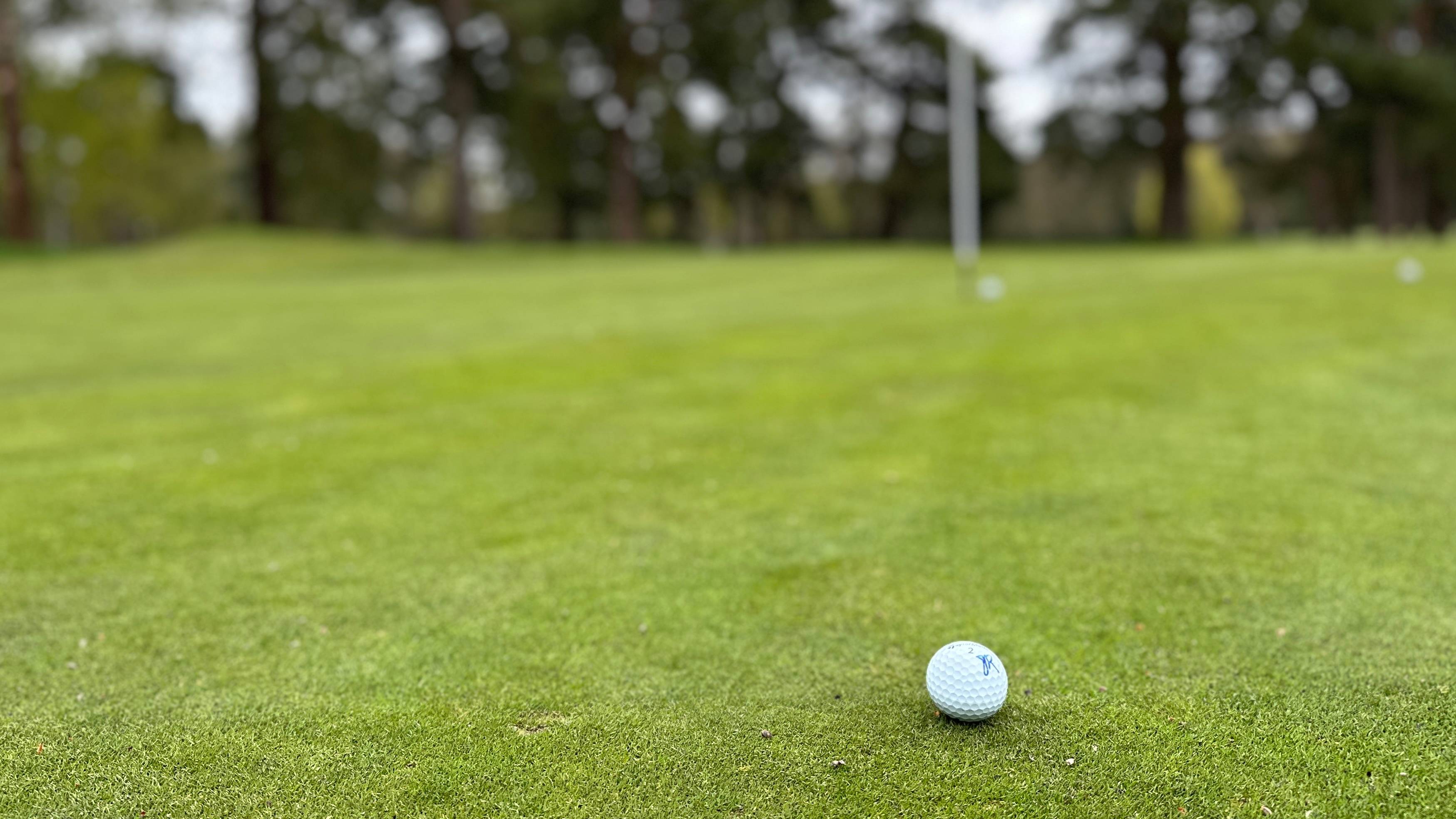
Matching My Clubs To My Swing
As my swing had improved and I had built more speed, I had outgrown the shafts I had used to get to this point (senior regular flex), so I went for a fitting to make sure my clubs were right for me. And ended up changing to regular flex shafts, throughout my bag.
The impact was immediate and I went from missing to making greens – feeling like I could swing with confidence rather than waiting for a “whippier” shaft to catch up.
Being new to the game, I didn’t realise how much the clubs, especially the shafts, you use could impact your shots. But wow, that change from senior to regular really started to help rather than hinder my swing.
14 To 9 (May '22 - Aug '22)
Believing It’s Possible
This was the big one. With my goal being to get to single figures, I felt so close yet so far at this point. With everything I’ve mentioned above coming together, I knew the potential was there, with proof from rounds where I kept coming up only a few shots shy. But it still felt like I needed a breakthrough to take it over the line.
And that breakthrough was believing it was possible. It sounds like a cliche but from my almost-made-it rounds, I knew the only thing standing in my way was me – from how I would respond after a hole didn’t go as I hoped to what I would say to myself when I was coming down the last.
I saw the difference in the scores when I played with a fear of “messing it up” rather than the belief that I could make it happen. That today is the day…and the first of many.
I remember a specific example that brings this to life – a competition on the last day of my self-imposed deadline to hit my goal.
Something felt different that day. It was like I had surrendered to the score. Rather than feeling nervous like I expected, I felt calm and focused. And went on to shoot my best front nine (+3) score to date.
Looking at the score, I felt a sense of relief but I did my best to not let the excitement – the “surely not” – take my focus away from the next shot at hand.
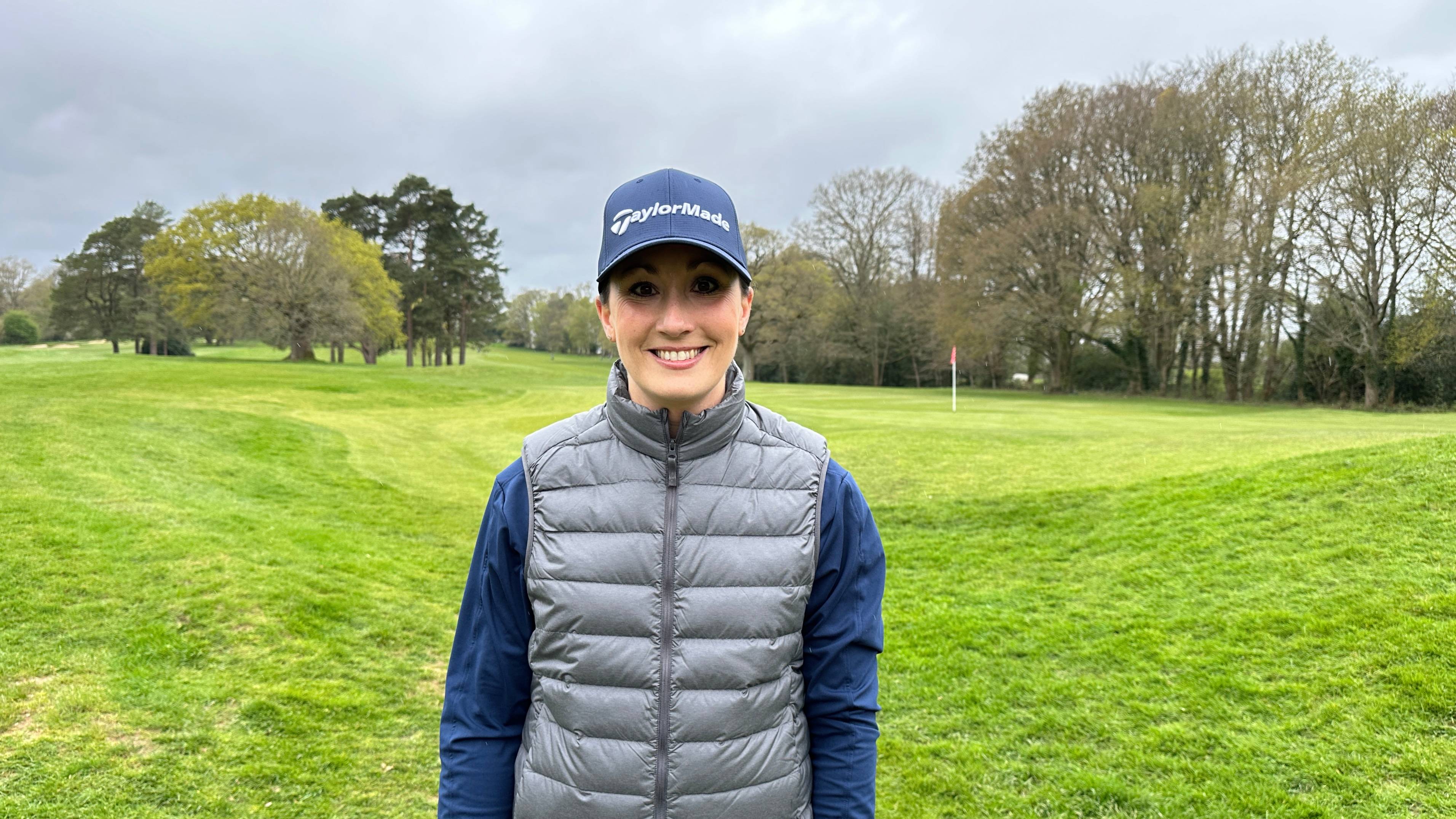
A few holes later and I made a double bogey on a par-3, which normally would have thrown me into an internal panic – thinking “I knew this was too good to be true!” But instead, I told myself “I can make a birdie on one of the next holes” and I did!
It was like my mind was a magnet for what ended up happening. I would visualise shots and they came off. I would stand over knee-knocker putts trusting I could make them and I would.
And then, as I was coming down the last – a par-5 – I knew I needed a par or better to hit my goal. A good drive…phew. A topped 4-hybrid…oof. And then a 6-iron heading right for the flag…that went long.
Standing over that chip, I remember thinking “I can get this up and down” before hitting it to about 9 feet. And then making the putt.
I had done it – I had achieved my goal. The relief was unreal and it felt like the pressure I had been piling on myself through the months of feeling so close and yet still miles away, melted.
I hope this handicap breakdown has sparked an idea or two for something you might try when you next practice or play.
And if you’ve got a goal to get your handicap down but feel like you’re lacking a plan to get there, my Practice Plan is for you. I’ve created a step-by-step guide that takes you through the approach I followed to go from beginner to single figures, so you can apply it to your game and make the progress you’ve been seeking for so long.
To say thank you for being a reader of Golf Monthly, the discount code golfmonthly will save you 20% when you buy my Practice Plan.
After cutting her handicap from 34 to 9 in a year, Jess Ratcliffe is documenting how she’s working on her game to get really good at golf on her YouTube channel and Instagram.
-
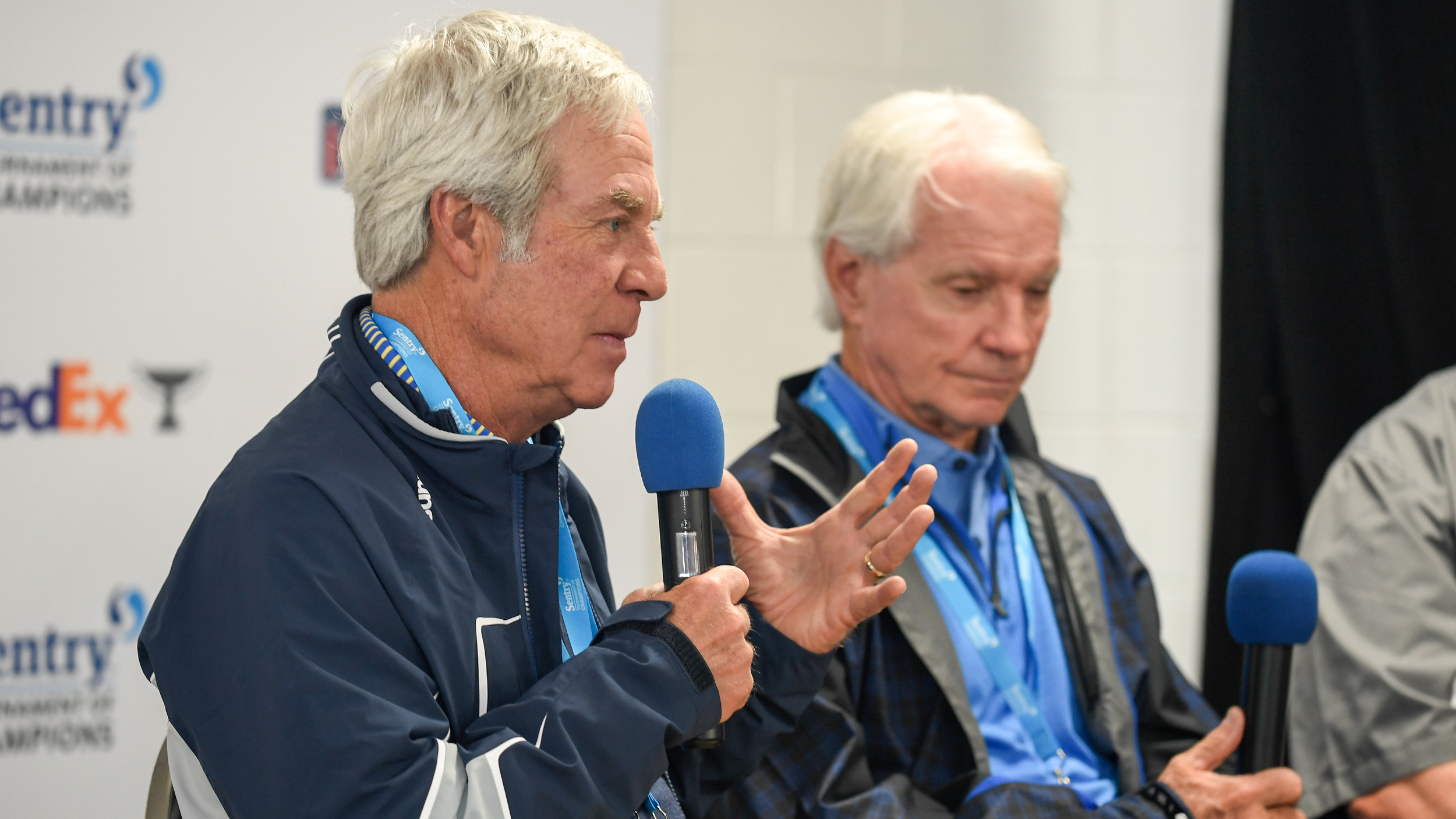 Bill Coore And Ben Crenshaw To Design New Course At Pinehurst Resort
Bill Coore And Ben Crenshaw To Design New Course At Pinehurst ResortBill Coore and Ben Crenshaw are designing a new course for Pinehurst Resort
By Mike Hall
-
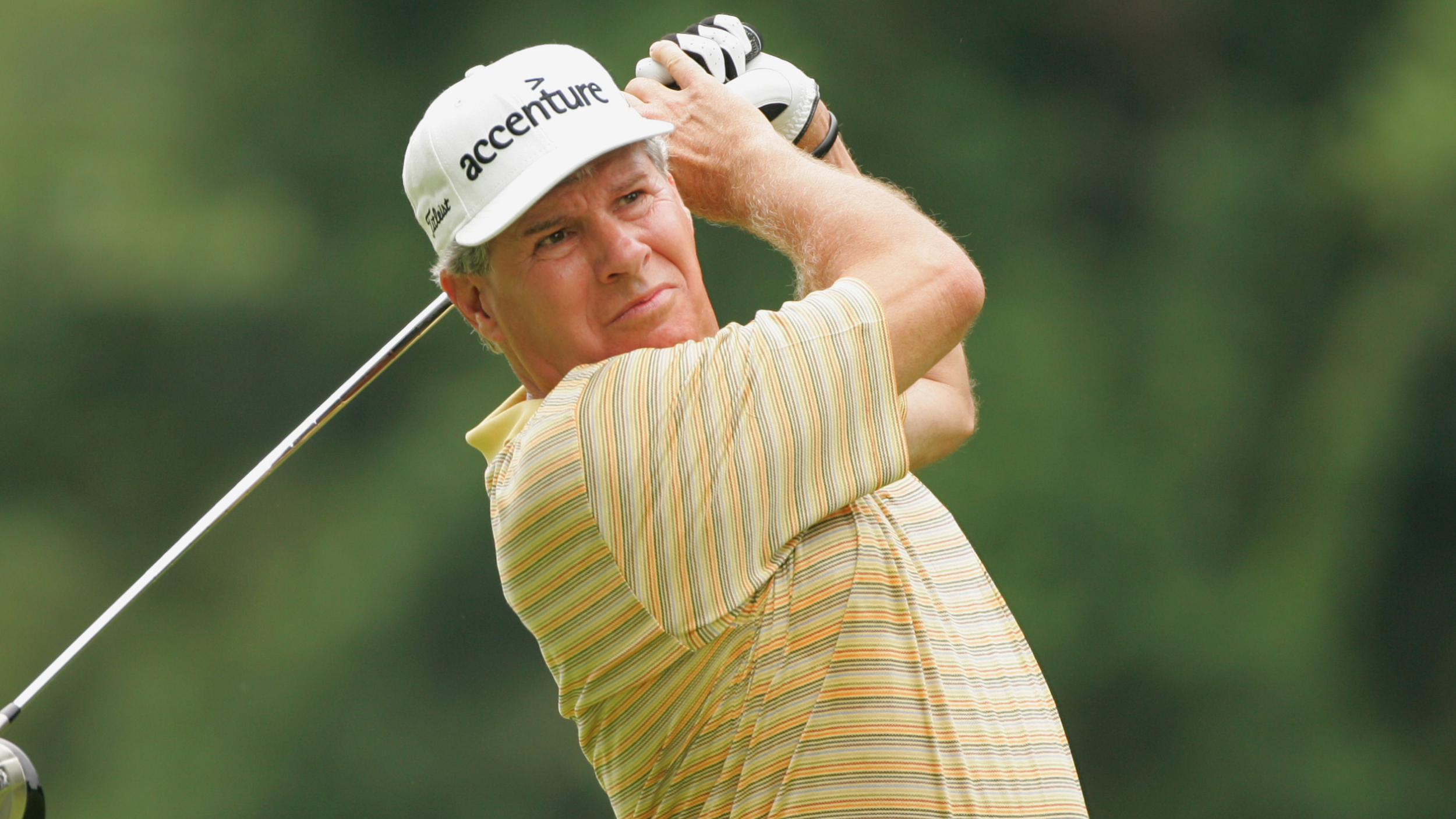 Amateur Legend Jay Sigel Dies Aged 81
Amateur Legend Jay Sigel Dies Aged 81The USGA has announced the American has passed away at the age of 81 from pancreatic cancer
By Mike Hall
-
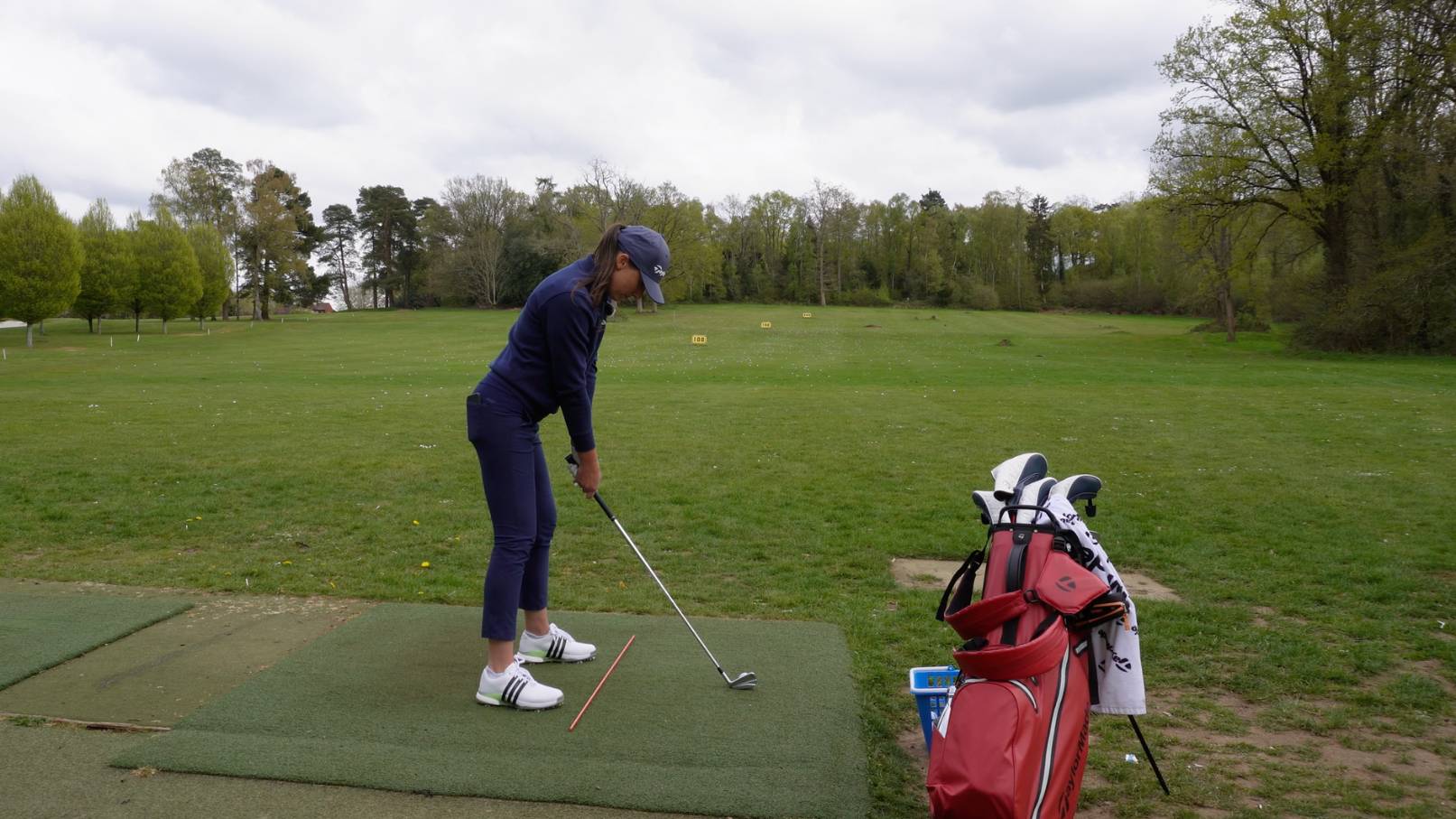 Why I'm Not Obsessed With Scratch (Yet) - The Joy Of Just Getting Better
Why I'm Not Obsessed With Scratch (Yet) - The Joy Of Just Getting BetterSingle figure golfer Jess Ratcliffe on finding enjoyment in gradual progress
By Jess Ratcliffe
-
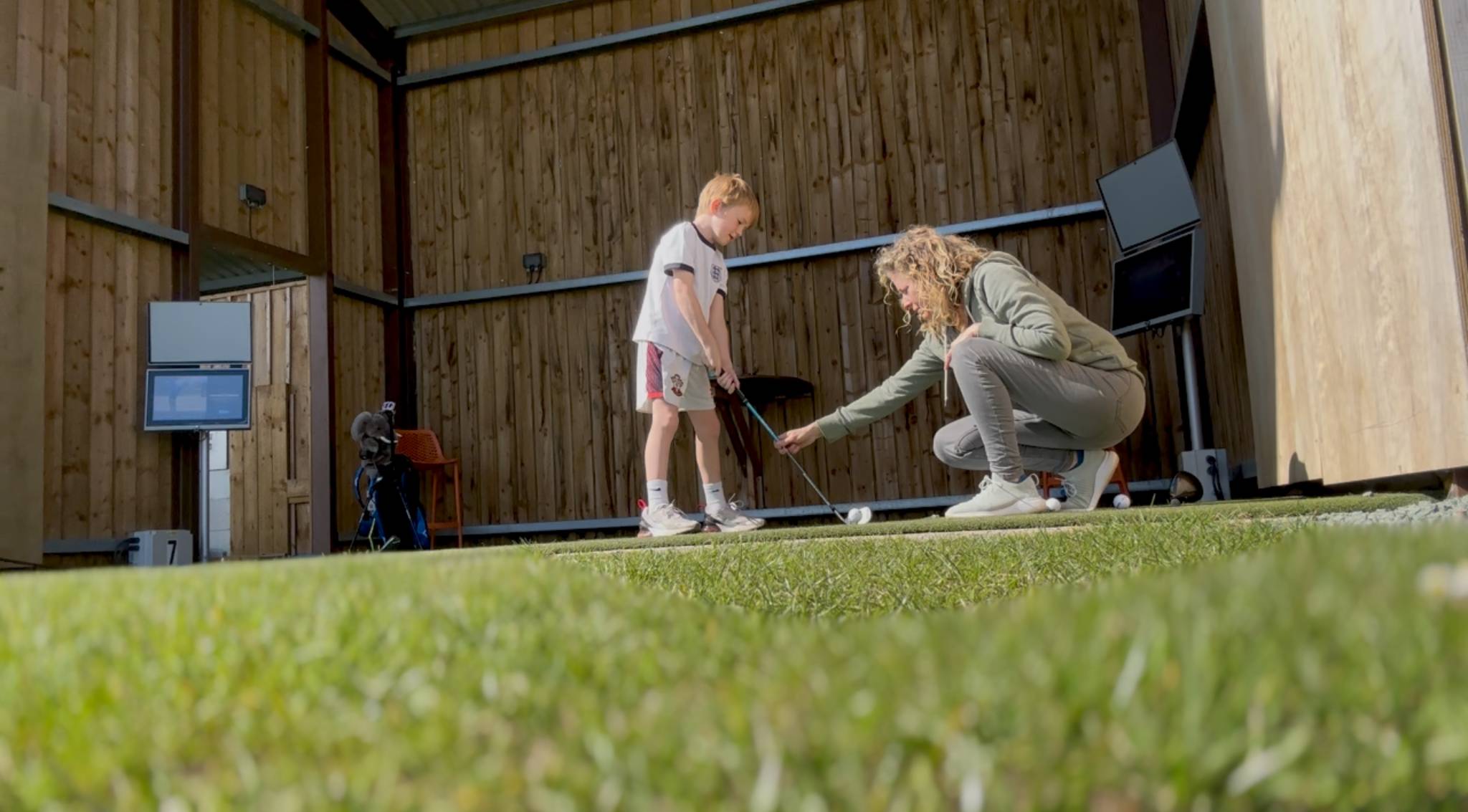 I’m A PGA Golf Coach - Here's Why I Made Sure My Kids Can Play Golf
I’m A PGA Golf Coach - Here's Why I Made Sure My Kids Can Play GolfFrom life lessons to lifelong friendships, Top 50 Coach Katie Dawkins on what golf can give your children
By Katie Dawkins
-
 From Body-Baring To Dialed In: Grace Charis Redefines Golf Fashion
From Body-Baring To Dialed In: Grace Charis Redefines Golf FashionInfluential golf content creator Grace Charis launches new apparel brand
By Alison Root
-
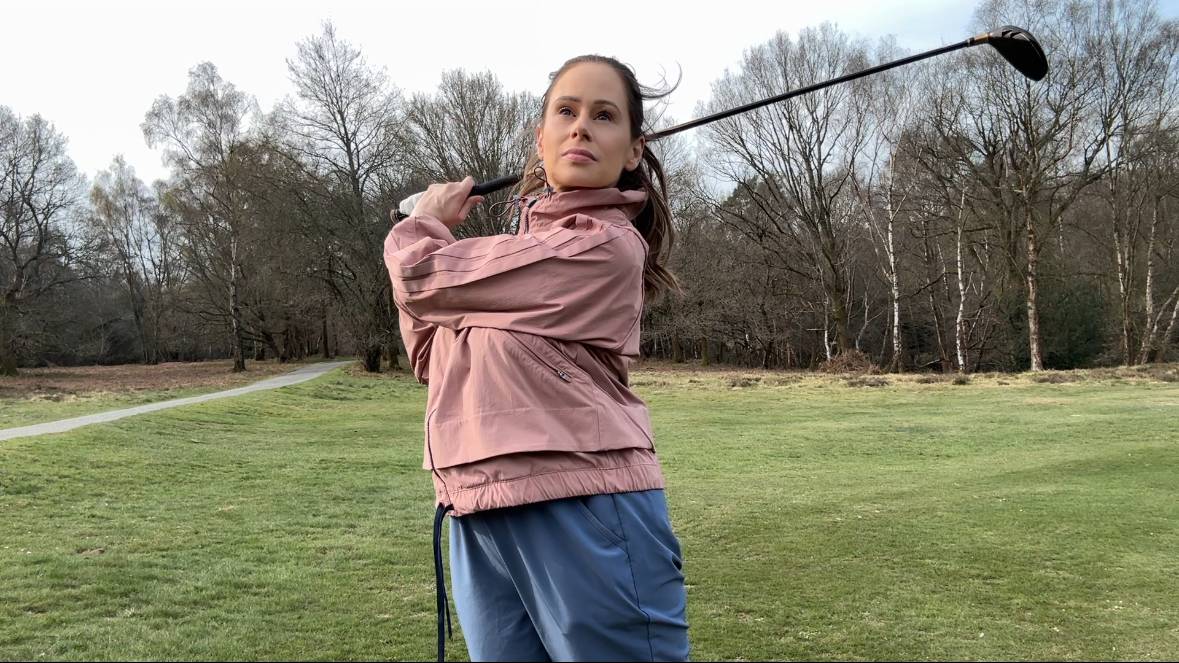 Golf Gave Me Confidence... Then Social Media's Toxic Culture Tried To Take It Away
Golf Gave Me Confidence... Then Social Media's Toxic Culture Tried To Take It AwayA young content creator's journey to own her golf game and her voice
By Katie Clarke
-
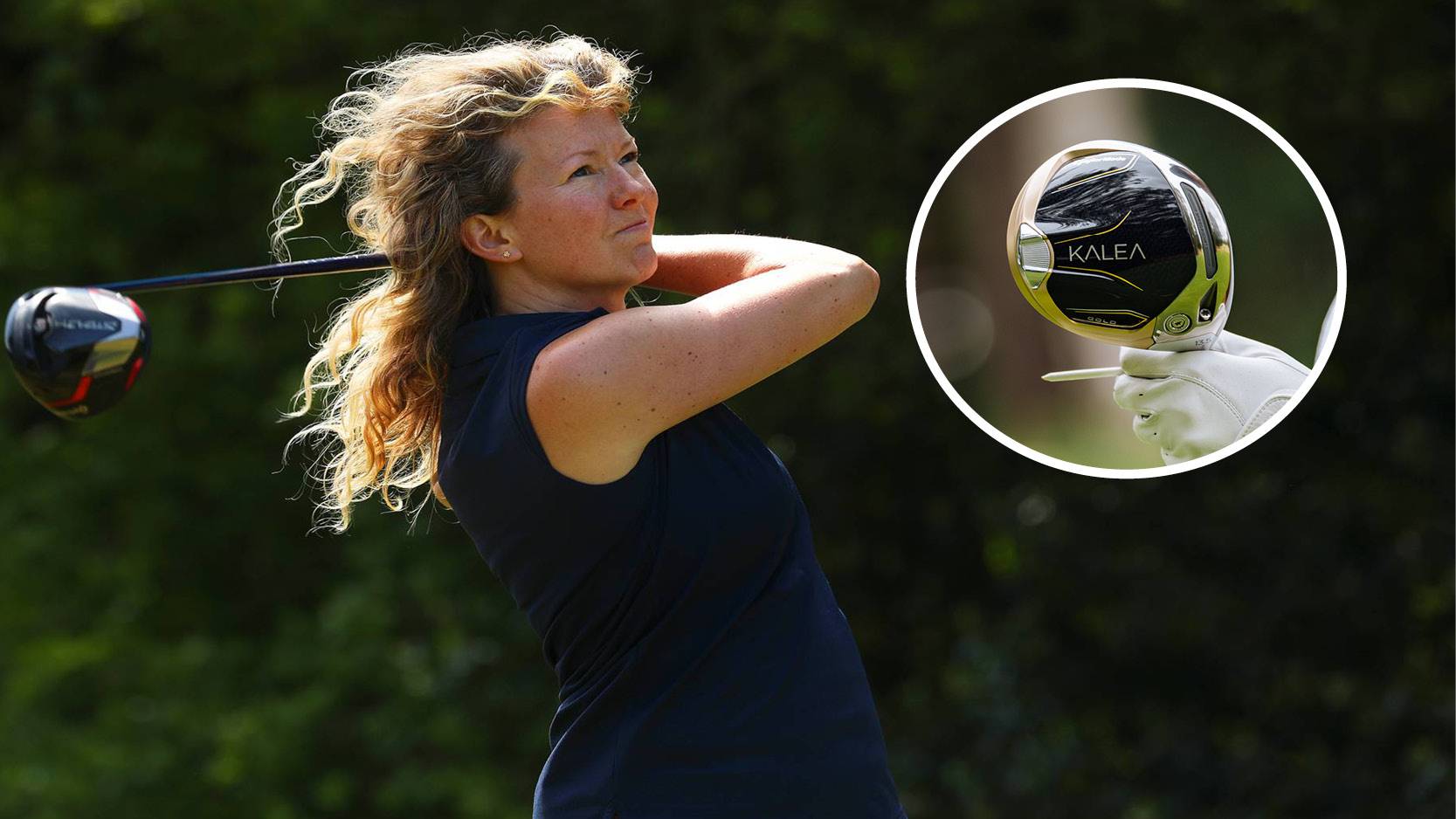 How Far Does The Average Female Club Golfer Hit Their Driver?
How Far Does The Average Female Club Golfer Hit Their Driver?We've looked at the data... Find out if you are hitting your driver an average distance
By Alison Root
-
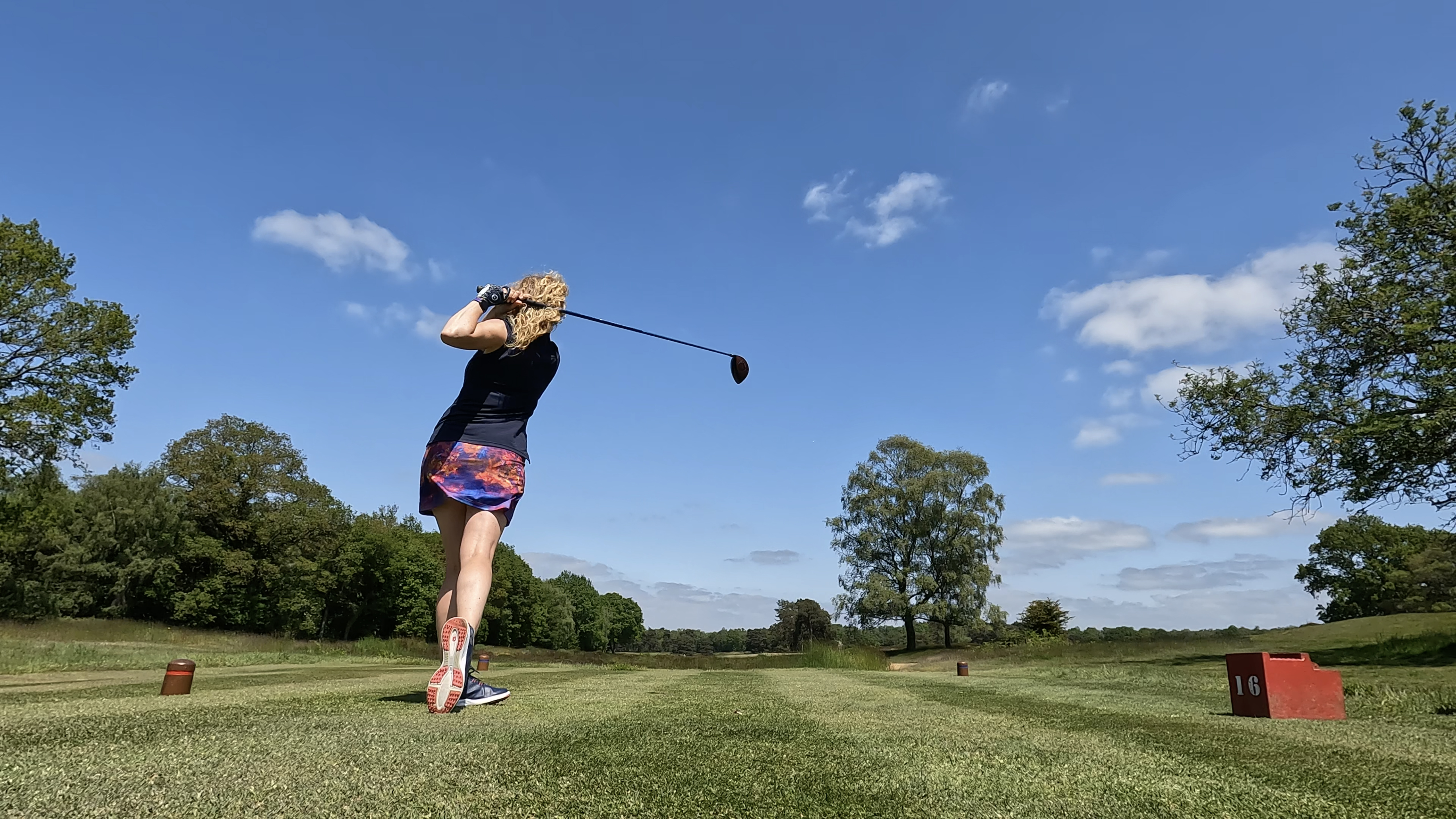 Tee Box Inequality: Why Aren't All Tees Rated For Women?
Tee Box Inequality: Why Aren't All Tees Rated For Women?Long-hitting female golfers are let down by tee ratings
By Katie Dawkins
-
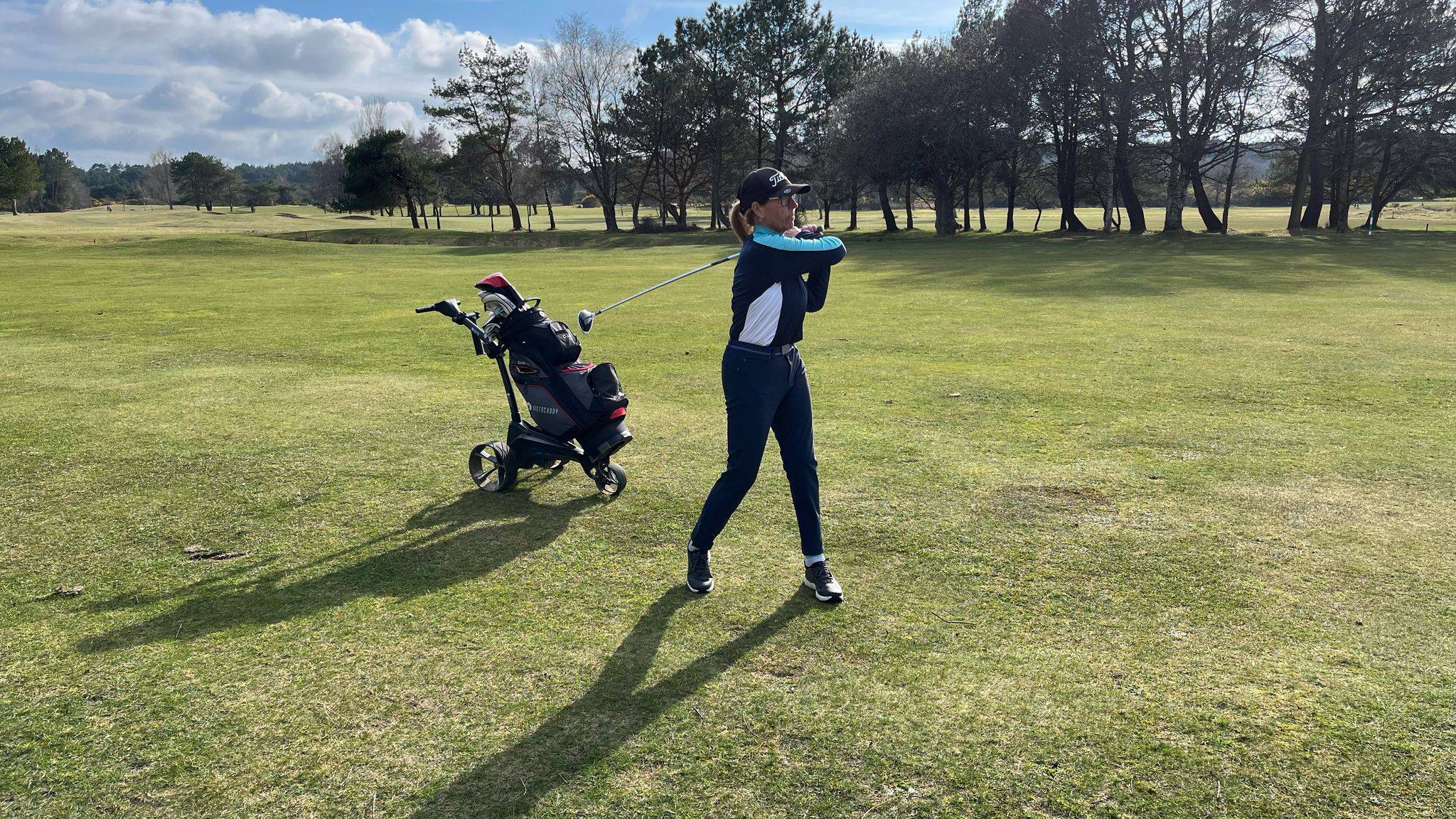 What I Learned From My First Golf Competition: The Unexpected Importance Of Preparation
What I Learned From My First Golf Competition: The Unexpected Importance Of PreparationPlaying in your first golf competition can be a daunting experience. Here are 5 tips to help you prepare for a stress-free round
By Carly Cummins
-
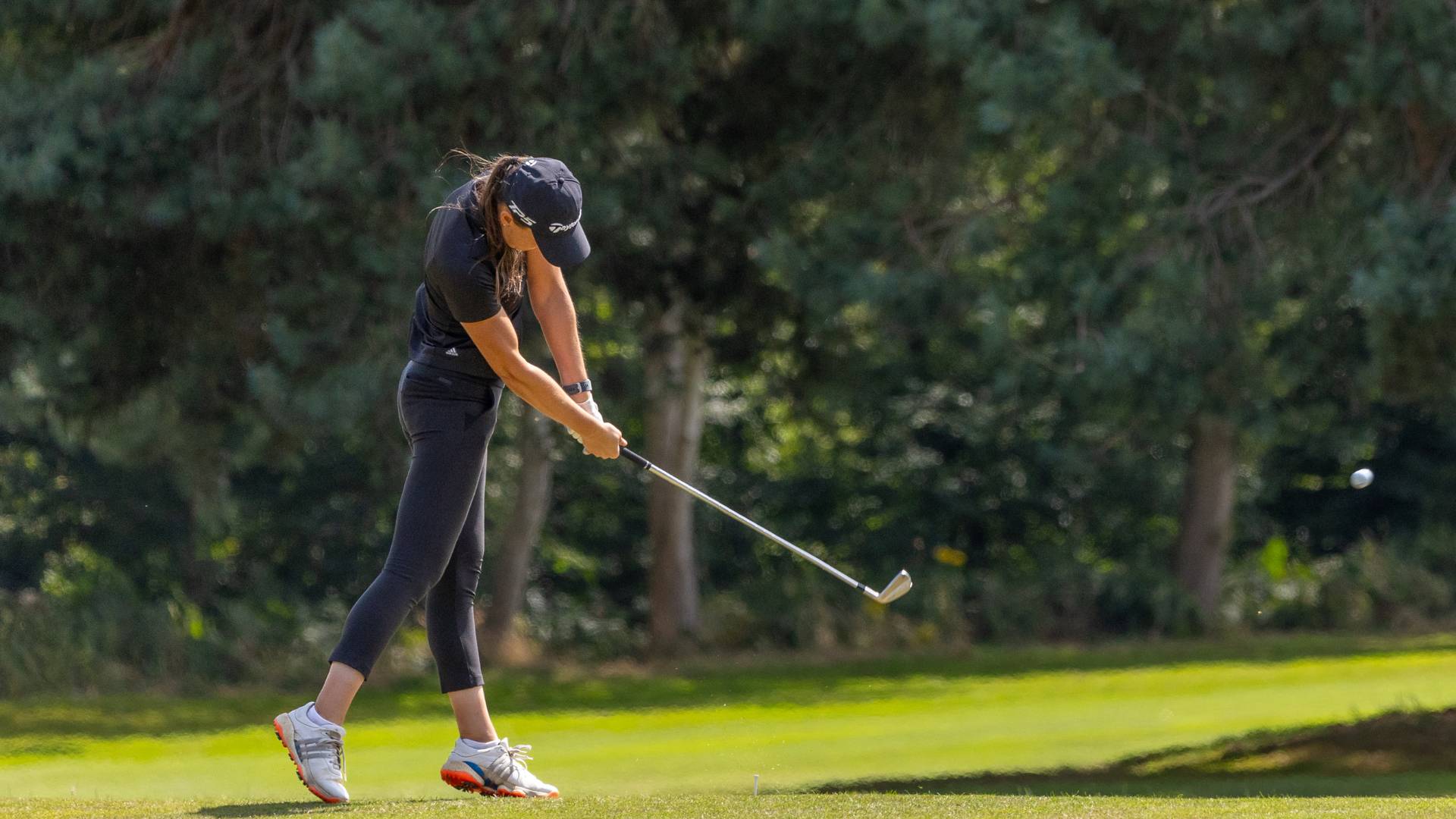 I've Always Struggled To Create That Solid, Compressed Strike... Until I Fixed These 5 Key Moves
I've Always Struggled To Create That Solid, Compressed Strike... Until I Fixed These 5 Key MovesSingle figure golfer Jess Ratcliffe on how she has fixed her swing puzzle to deliver crisp shots
By Jess Ratcliffe